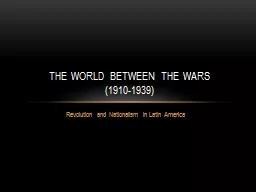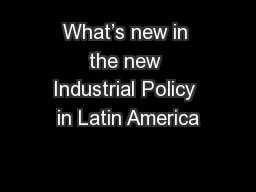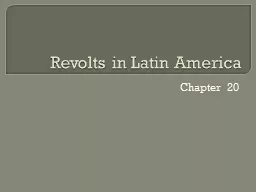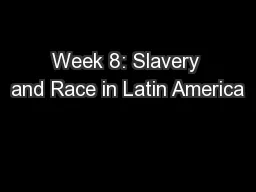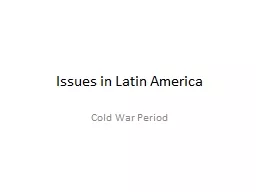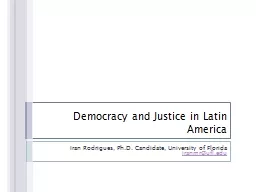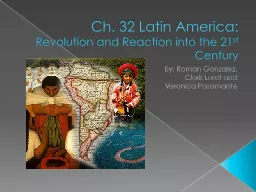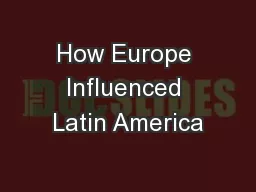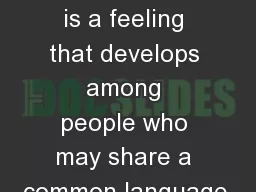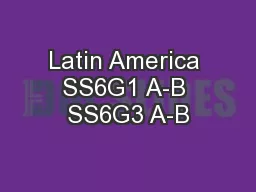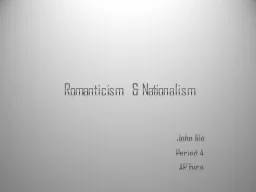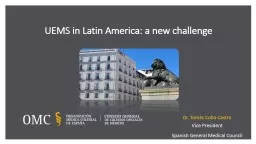PPT-Revolution and Nationalism in Latin America
Author : cheryl-pisano | Published Date : 2018-01-05
The World Between the Wars 19101939 Mexican Revolution By 1910 the dictator Profirio Diaz had ruled Mexico for almost 35 years winning reelection as president
Presentation Embed Code
Download Presentation
Download Presentation The PPT/PDF document "Revolution and Nationalism in Latin Amer..." is the property of its rightful owner. Permission is granted to download and print the materials on this website for personal, non-commercial use only, and to display it on your personal computer provided you do not modify the materials and that you retain all copyright notices contained in the materials. By downloading content from our website, you accept the terms of this agreement.
Revolution and Nationalism in Latin America: Transcript
Download Rules Of Document
"Revolution and Nationalism in Latin America"The content belongs to its owner. You may download and print it for personal use, without modification, and keep all copyright notices. By downloading, you agree to these terms.
Related Documents

